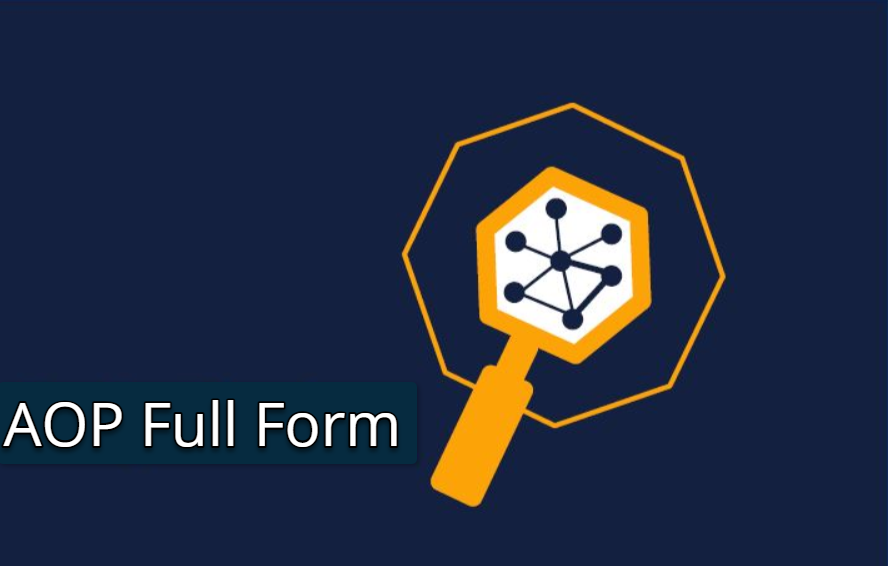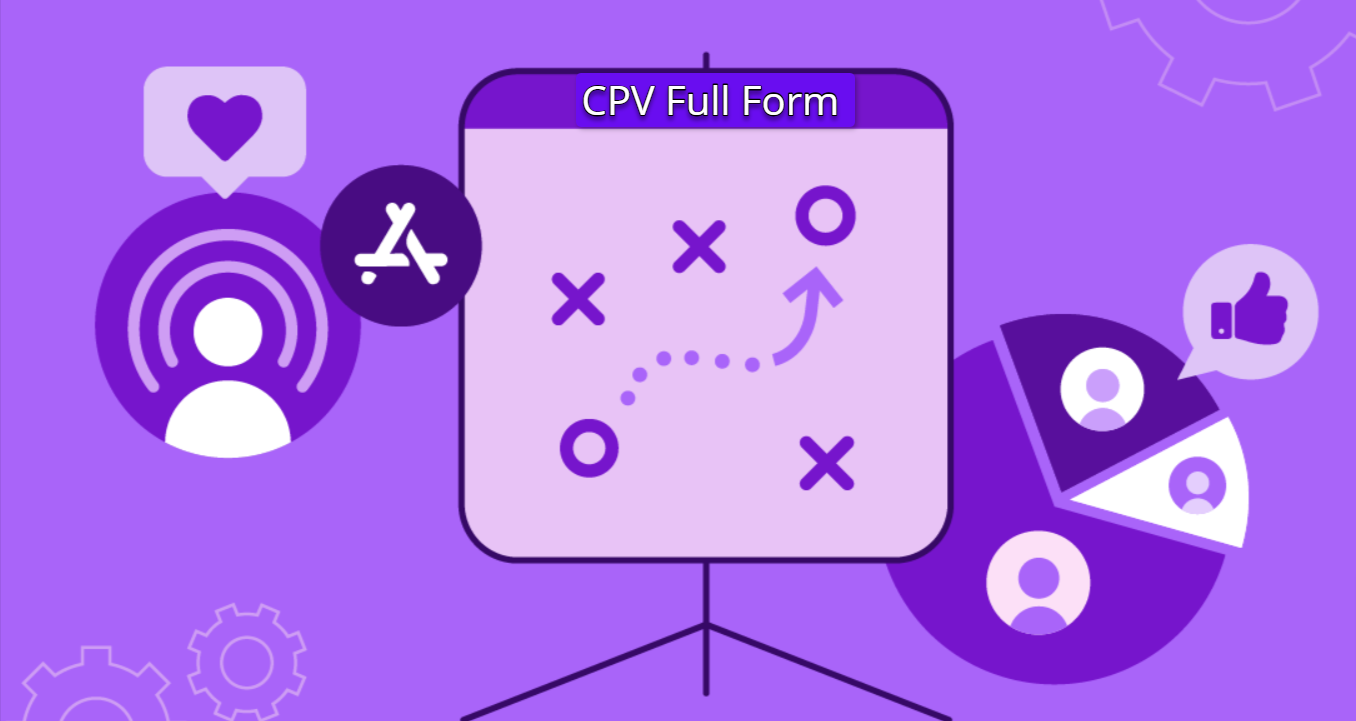The abbreviation for the term “AOP Full Form” refers to Aspect Oriented Programming. It’s a method to organize the high-level structure of code to increase the modularity and reusability by capturing joins that cross at the intersection of a variety of objects in an object-oriented program that is standard. These concerns, often referred to as cross-cutting issues are typically non-functional requirements which are manifested at the system level everywhere in the program’s elements that include security, logging, or errors handling.
Key Concepts in AOP:
- Join Point The point in the development of a program where is a cross-cutting concern that is joined. This is the case for methods, fields access, constructors, and exceptions.
- Point cut A feature which defines a set connect points to which the particular cross-cutting concern is to be joined. Point cuts are usually described using regular declarations or statements.
- Advice A discrete piece of code, which is inserted at a point of joining, which is identified by the use of a pointcut. It can come in three kinds:
- Before recommendation: This kind of element is performed before a join point has been reached.
- After the advice When until the join point is reached regardless as to whether or not the joining point was completed with no exception.
- Around guidance is a program that runs before and/or following the join point and determines whether it will be invoked or won’t not be activated.
- Aspect A part of code that creates a regularity which must be a part of multiple modules that are not sequential as well as intenders and other suggestions. In order to apply Aspects, you must make use of a technique referred to as weaving.
Benefits of AOP:
- Better Modularity AOP is a great technique when you need to differentiate things that are a part of multiple objects, since its use leads to better modularity and reusability.
- reduced code duplication Global policies can be applied once in an way and then used in a module or two without replication of code.
- Greater flexibility:Through aspect oriented programming it is simple to set up and manage a cross-cutting system since the aspects used are different from the baseline program code.
- Improved Maintenance:By its structure, the issue, AOP can help make code more readable and adaptable as issues that cross-cut are grouped together, in a sense in order to be analyzed and changed more effectively.
Example:
Let’s say we need to create an logging system for an imagined logging system within an actual web application. In a more conventional object-oriented structure, you’d likely encounter logging codes all over the application, which makes it difficult to manage and hinders further development. AOP is a good choice for this. AOP the strategy is to design the logging element that defines the method’s purpose and a prior advice which specifies the creation of a log-message just before the method executes. From there, it can be extended to the entire application to record every method call without altering the core code.
Additionally, AOP is an extremely solid concept of programming that could improve the modularity, maintainability and adaptability of computer systems. AOP could allow you to effectively separate interconnected issues from the essential business functions and improve the quality of software’s reusability and maintenance.


















Leave a Reply